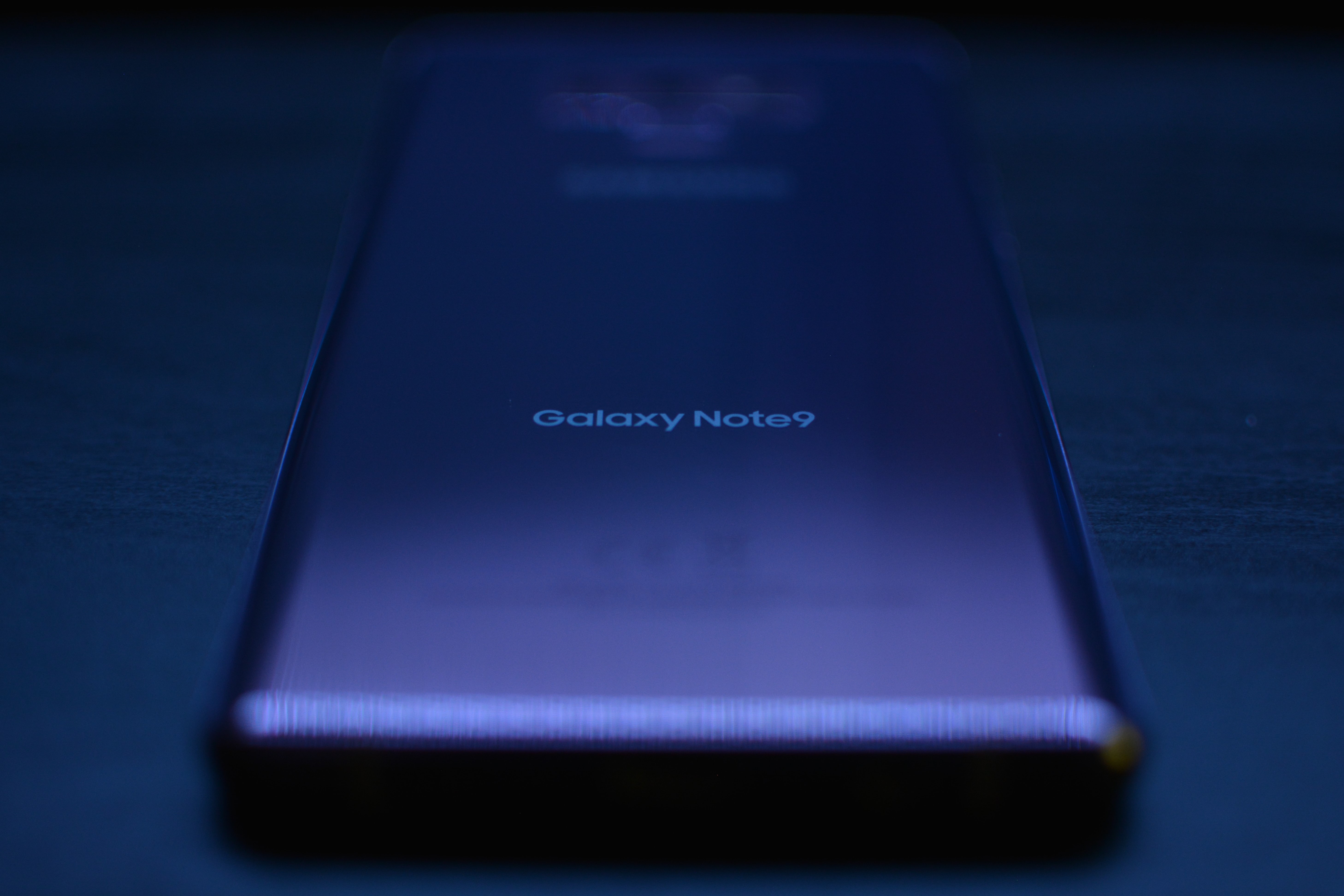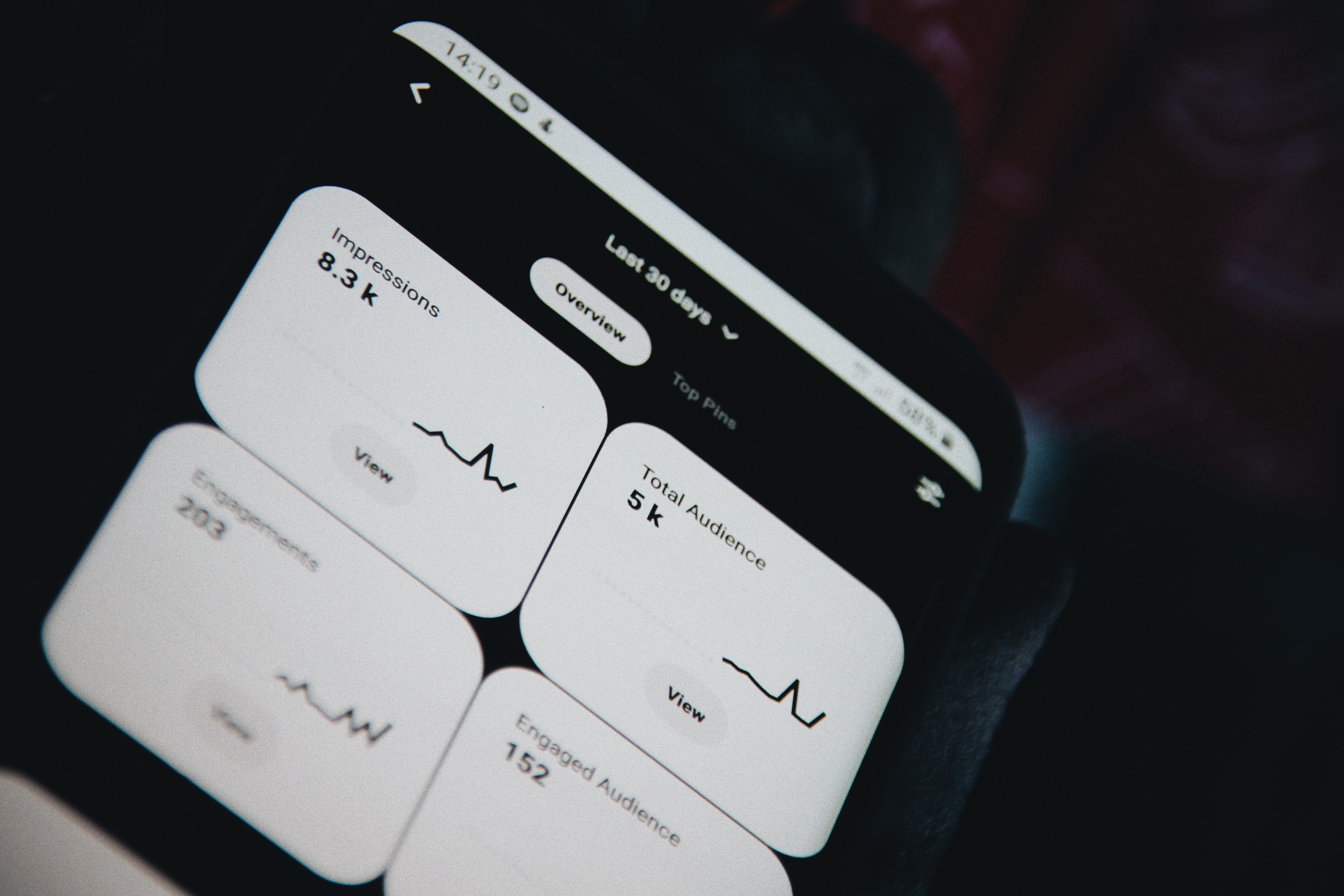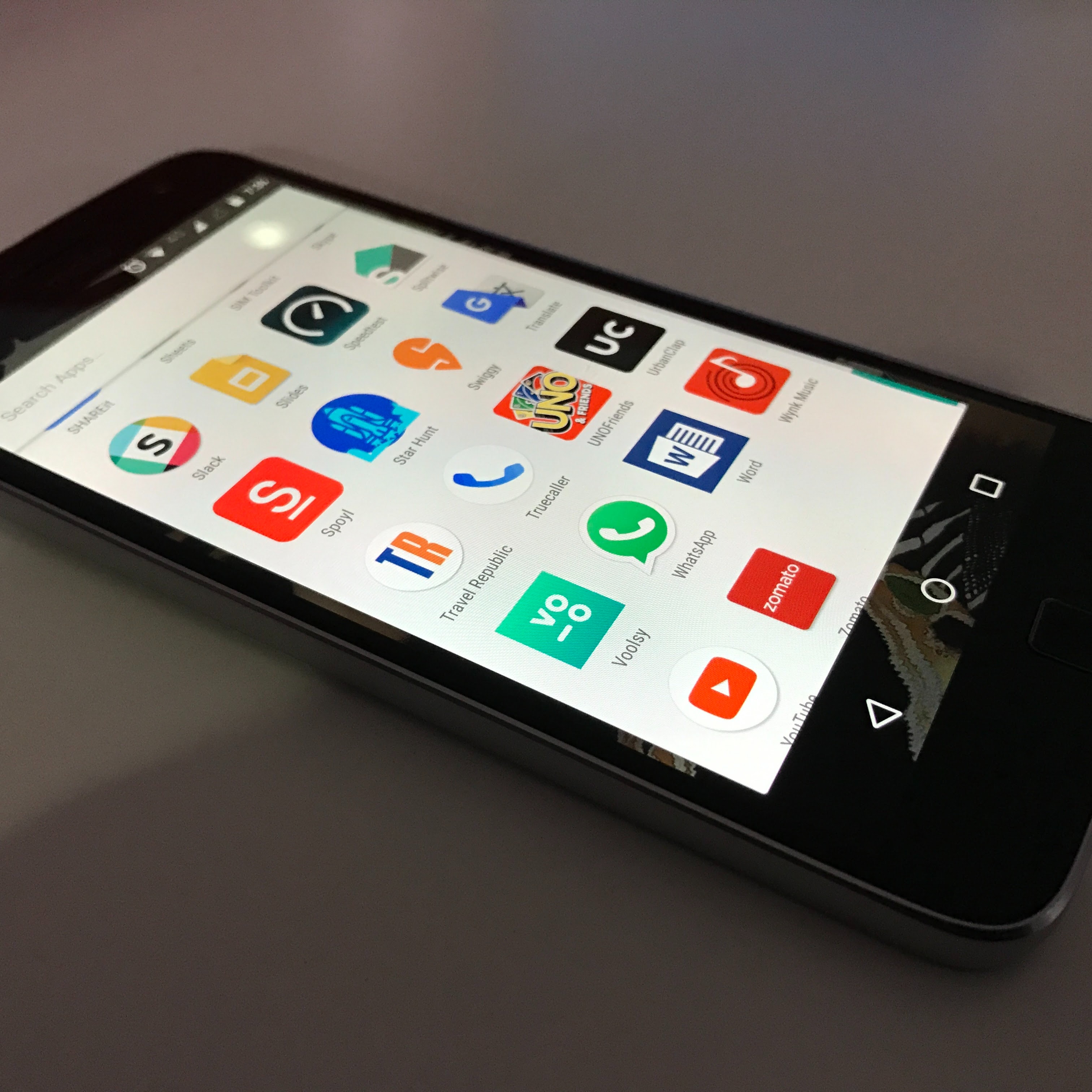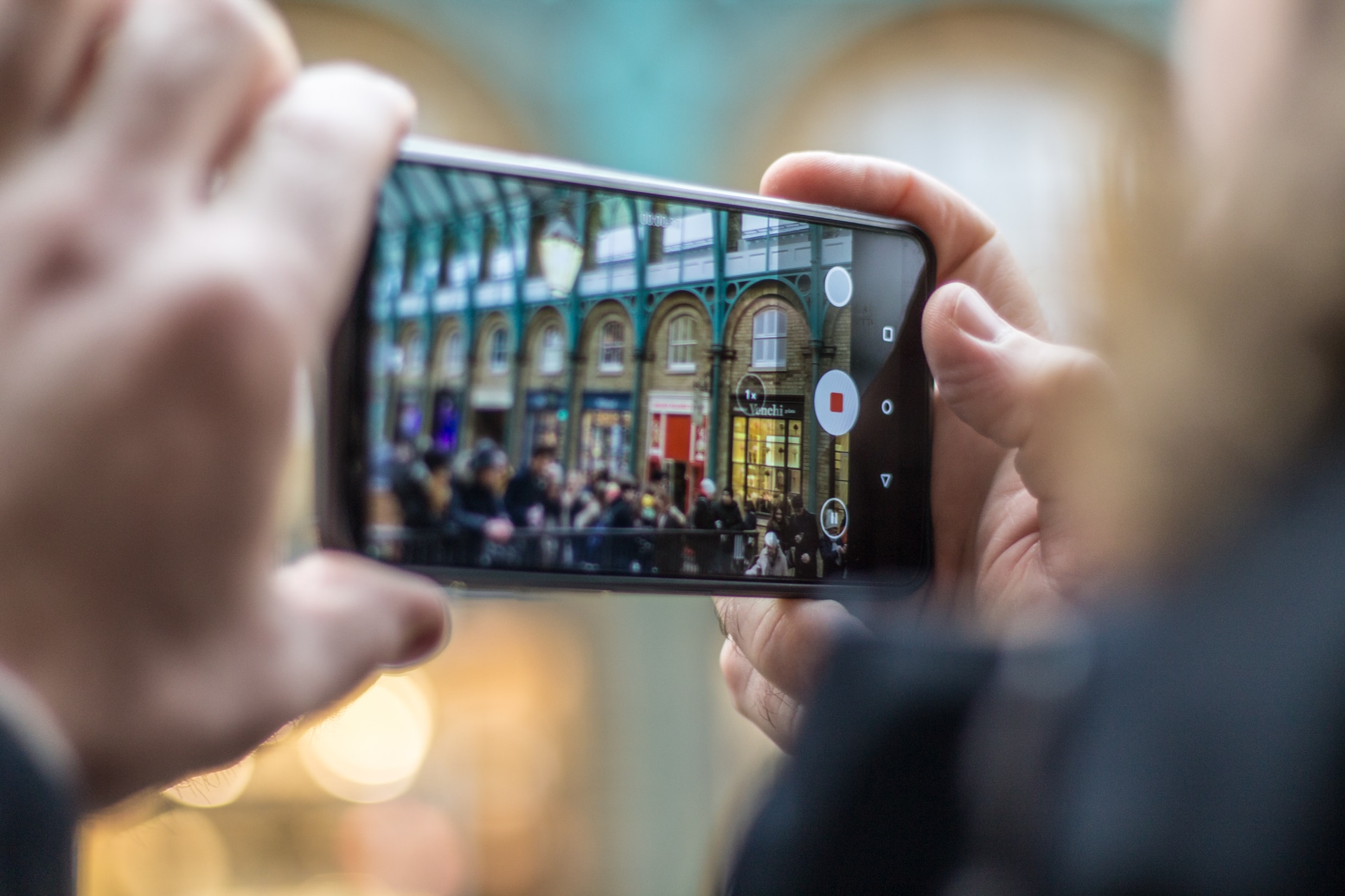Mobile graphics revolution
Since Apple opened the App Store in 2008, serving player needs has become increasingly important to mobile device manufacturers. Although the iPhone was not primarily designed for gaming, they soon mastered the best-selling app lists, a pattern that was copied on Android devices and appears to play on Windows phones. Qualcomm, a major chipmaker for mobile devices, estimates that 60 percent of smartphone users regularly play games on their devices.
That’s why chipmakers have been racing to give mobile device manufacturers better and better graphics capabilities using dedicated processor accounts, which are now one of the most complex and powerful sub-systems on the device. These graphics processors paint hundreds of thousands of pixels at a time and not only display two-dimensional icons, images and videos (see casumo online slot starburst), but can play the complex 3D environments of many modern video games, such as calculating how the sun’s ray reflects a broken flag as it flutters in the game.
Qualcomm spent $65 million in 2009 to buy the handset graphics business for Advanced Micro Devices, originally part of ATI Technologies, an early leader in personal computer graphics processor accounts. ARM, which designs universal processor cores that boost most of the world’s smartphones, has placed increasing emphasis on the Mali graphics processor family, the first versions of which were unveiled in 2007. The overall importance of graphics has even been made possible by Nvidia, which created the first commercial graphics processor in 1999 for the PC gaming market, which entered the market with eight core graphics processors and a two-core processor on the same chip. “The catalyst was Apple’s iPhone,” said Matt Wuebbling, Nvidia’s head of product marketing. “It introduced a mobile device that is purely screen-based.” That is, it is based on a graphical interface in all interactions with the user.
One of the biggest challenges for companies like Qualcomm and Nvidia in developing mobile device GPus was providing advanced processing without draining the battery in 20 minutes. While computer graphics cards often require reinforced power supplies and a cooling fan, Qualcomm estimates that the latest chips make the scene almost as complicated as in desktop games, but use less than 1 percent as much energy as a desktop graphics processor.
See the rest of the Business Impact report for the gaming industry.
Because the mobile market is so big, chipmakers can make investments they couldn’t afford smaller destinations. Market researcher iSuppli says that 295 million smartphones were delivered last year compared to 27.2 million dedicated hand games, such as the Nintendo DS. The result has been a positive feedback loop: better hardware leads to more advanced games, which in turn dampens demand for better hardware. The development has been so rapid that mobile devices are moving toward the kind of graphical performance that is usually associated with video game consoles and advanced PC systems. Sony, for example, introduced Ericcson this spring to an Xperia Play phone that can play games designed for the original PlayStation console, and according to Apple, iPhone4S includes Imagination Technologies’ graphics processor, which is seven times faster than the iPhone 4.
As mobile graphics night increases, more and more users are likely to play some of their favorite games on their big-screen TVs by connecting their handsets with a cable. What graphical features are available, Wuebbling says: “On the mobile side, in games, we are where computers were 10 years ago.”








